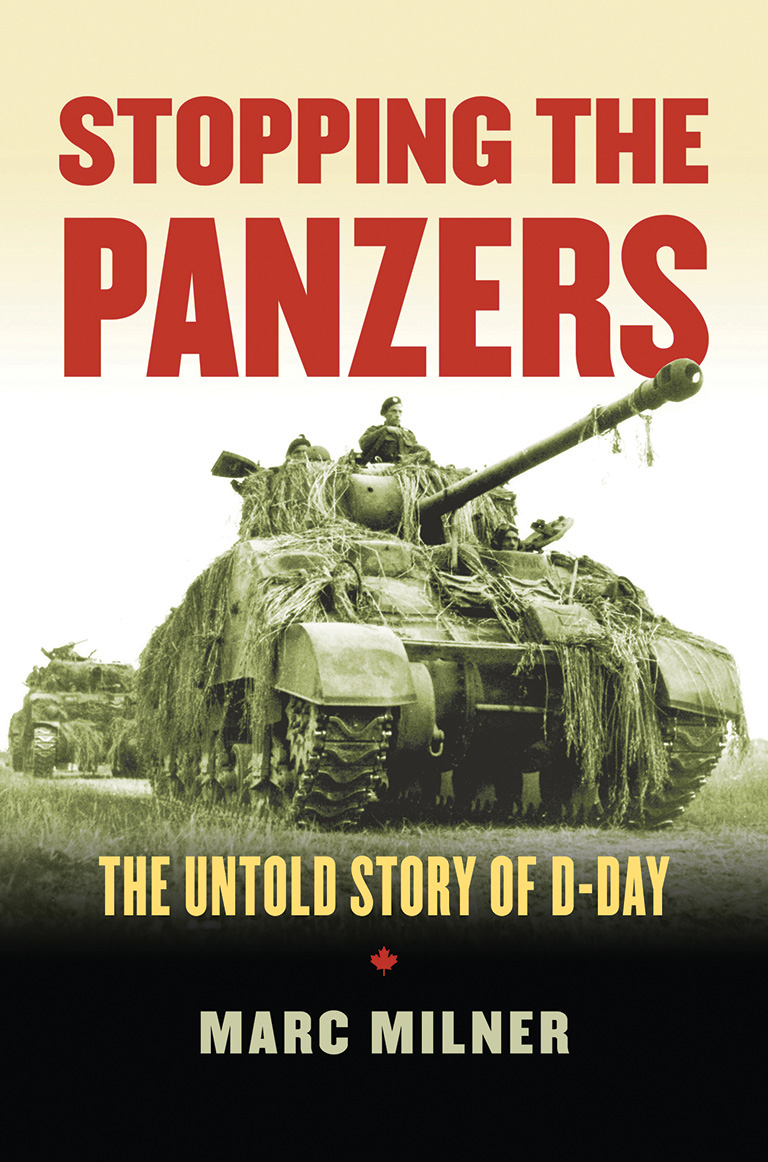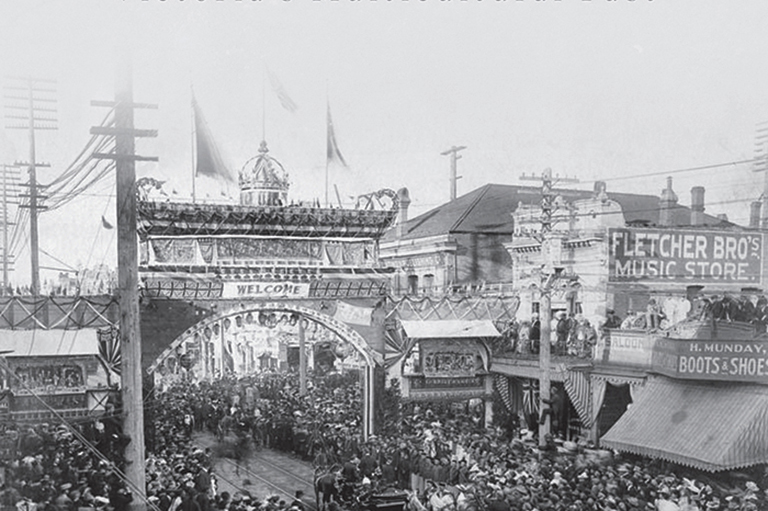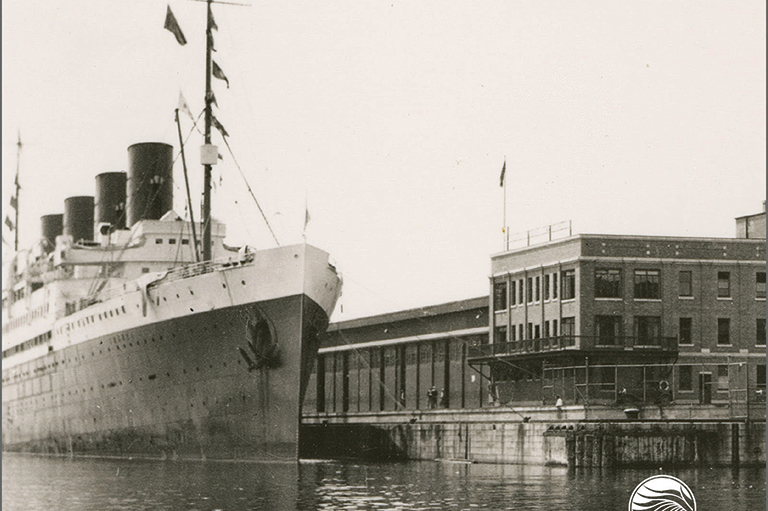Discover a wealth of interesting, entertaining and informative stories in each issue, delivered to you six times per year.
Stopping the Panzers

Stopping the Panzers: The Untold Story of D-Day
by Marc Milner
University Press of Kansas
393 pages, $56.50
A double review with
M4 Sherman Tanks: The Illustrated History of America’s Most Iconic Fighting Vehicles
by Michael E. Haskew
Voyageur Press
224 pages, $52
It’s not surprising that Canadians suffer from an inferiority complex when it comes to the history of the Second World War: Canada’s accomplishments are often ignored by omission, destroyed by brevity, or ruined by outright lies or fallacies.
One of these fallacies, as historian Marc Milner points out in his book Stopping the Panzers: The Untold Story of D-Day, is that “Canadian hesitancy and tactical ineptitude and superb German defending apparently checked the Canadian advance in the aftermath of D-Day.”
Milner goes on to state that, according to American and British historians (and even a few of our own), German counterattacks forced the “timid Canadians ... into a defensive posture.”
The true and untold story, he says, is vastly different and much more interesting.
“By the time the initial beach battles ended on 10 June 1944,” writes Milner, “3rd Canadian Division was indeed stalled on its objective, just as historians have claimed. It was exhausted, battered and down 3,000 men. But the Canadians were utterly unshaken, and they were surrounded by wreckage from three panzer divisions, one of them the most powerful panzer division in the west, filled with the elite of the Hitler Youth. When it was all over, it was the Canadians who held the ground that the Germans needed in order to defeat Overlord.”
That is a story of Operation Overlord that is not normally presented to Canadians. Instead, we have often been told that our role in the invasion was that of a bumbling junior partner. And yet, as Milner shows so ably and in great depth, Overlord may well have collapsed follow-ing the D-Day invasion without the Canadians holding the British flank against the weight of German counterattacks.
Stopping the Panzers is a highly informative, detailed, and descriptive account of the defence of Operation Overlord. And while the entire 3rd Canadian Division, including infantry and artillery, played a role in stopping the panzers, it is in many ways a story of tank warfare and how the Canadian Armoured Corps — using the American-made Sherman tank — was not “cowed” by the panzers but instead went toe-to-toe with the most fearsome tanks of the Second World War — and won.
While the Sherman was smaller and had lighter armour and a lower-calibre gun compared to the German Panthers and Tigers, it was manoeuvrable and reliable. The Sherman was also a relatively simple vehicle suited for mass production and customization, as seen by the numerous variants, including the Firefly with its tank-stopping 17-pounder gun, the Crab mine-clearing tank, and the Duplex Drive amphibious tank.
Those characteristics, which certainly helped Canadian Shermans stop the panzers, also helped to make the Sherman “one of the most recognizable” and “widely used tanks,” according to Michael Haskew in his M4 Sherman Tanks: The Illustrated History of America’s Most Iconic Fighting Vehicles.
“Seventy-five years after the prototype entered its evaluation period in the United States, elderly Sherman tanks are still seen in service,” writes Haskew. “From the Soviet Union to the Sinai, the Pacific to the Balkans, and the Mediterranean Basin to the hedgerows of France, the ubiquitous Sherman has compiled an incomparable service history and remains one of the most enduring and iconic weapons developed during the twentieth history.”
The development and production of this iconic tank is undoubtedly an American story, but once the Sherman was distributed among the Allies its story became much broader: It was no longer just America’s tank.
Haskew’s text reflects this diversity as he explores the story of the Sherman from its roots in the First World War through to its use during the Second World War and beyond. Along with a detailed history of the Sherman, Haskew includes numerous vignettes drawn from the experience of many of the international regiments to use the Sherman — including, for example, the Winnipeg-based Fort Garry Horse. Unfortunately, even though Haskew has written a rich and inclusive history, the title of his book and the numerous photographs used throughout don’t reflect that.
The photographs, both black-and-white and colour, are excellent and do show this iconic tank in all of its stages, from production through to combat. However, the photographs of U.S. Army Shermans far outnumber the images of Shermans of other armies, including Canada and Britain — despite the many photographs of Shermans held in the archives of both countries.
As a result, this book stands as an example of how the Canadian experience has been omitted from the record, in this case the illustrated record. But, setting aside the imbalance in the imagery and the title, M4 Sherman Tank is a superb history on its own and an excellent companion to Stopping the Panzers.
Where M4 Sherman Tank shares the overall history of this storied tank, Stopping the Panzers tells how Canadians used it to outstanding effect during and following Operation Overlord.





